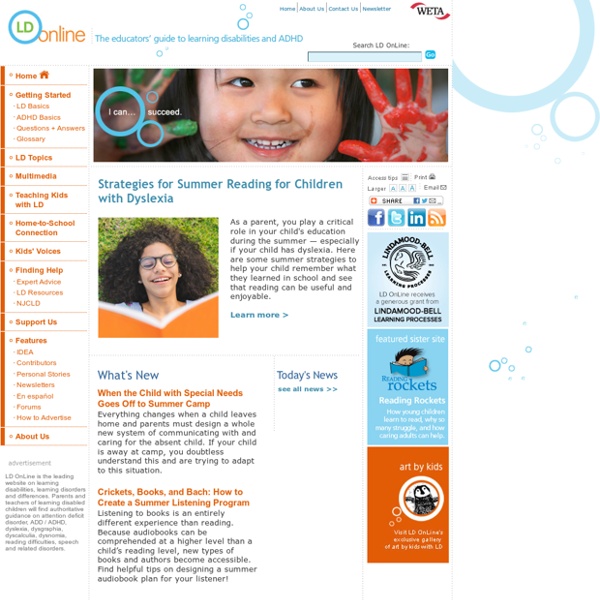



A Review of Free, Online Accessibility Tools You are here: Home > Articles > Accessibility Evaluation Tools Introduction Many web designers, developers, and evaluators are introduced to web access through accessibility tools. However, web accessibility requires more than just accessibility tools; it requires human judgment. Important No automated evaluation tool can tell you if your site is accessible, or even compliant. Classifications of Accessibility Evaluation Tools There are many different types of evaluation tools that can be used to determine whether or not web content is accessible. Standards and guidelines used One key in understanding accessibility tools is to understand the standards to which the tool was developed. WCAG 2.0 consists of three priority levels that act as an industry standard. Section 508 Similarly, Section 508 of the United States Rehabilitation Act outlines the requirements for making federally-funded web sites accessible to individuals with disabilities. Free vs. commercial Who will be using the tool. Scope
Worksheets, Lesson Plans, Teacher Resources, and Rubrics from TeAch-nology.com TECHMATRIX - [Home] Browse articles Assistive technology tools: Writing Find out how to select assistive technology tools that address your child's specific writing difficulties. Assistive technology tools: Listening Learn about assistive technology tools that help with listening. Assistive technology tools: Reading Learn about assistive technology tools that help with reading. Assistive technology for kids with LD: An overview If your child has a learning disability, she may benefit from assistive technology tools that play to her strengths and work around her challenges. Assistive technology tools: Organization and memory Learn about assistive technology tools called information/data managers. E-ssential tips: A parent's guide to assistive technology An overview of current technologies to help parents select the right tools for their children with learning problems. Consumer Tips for Evaluating Assistive Technology Products Learn how to select the most effective assistive technology tools for your child's specific needs.
SVS Resources for Teachers Skip to main content Create interactive lessons using any digital content including wikis with our free sister product TES Teach. Get it on the web or iPad! guest Join | Help | Sign In cooltoolsforschools Home guest| Join | Help | Sign In Home Presentation Tools Collaborative Tools Research Tools Video Tools Slideshow Tools Audio Tools Image Tools Drawing Tools Writing Tools Music Tools Organising Tools Converting Tools Mapping Tools Quiz and Poll Tools Graphing Tools Creativity Tools Widgets File Storage & Web Pages Other Helpful Sites Creative Commons Teacher Resources Apps for Mobile Devices (NEW - Under Construction) Tools index for this site A-Z email Lenva <a href=" Live Blog Stats</a> Actions Help · About · Blog · Pricing · Privacy · Terms · Support · Upgrade Contributions to are licensed under a Creative Commons Attribution Share-Alike Non-Commercial 3.0 License. Turn off "Getting Started" Loading...
UDL Examples and Resources Disclaimer: The examples and resources highlighted on these pages have been gathered for educational purposes. CAST does not necessarily endorse the products listed, nor does their inclusion here mean that these products are complete expressions of the UDL principles and guidelines. They may illustrate certain principles and not others. Below, you will find teacher-friendly examples and resources that illustrate each of the UDL checkpoints. Exploring these examples and resources not only helps to clarify what is meant by each of the checkpoints but also gives teachers ideas of ways to implement UDL in their classrooms. These lists are meant to be a sampling of the different examples and resources that are available. We're on Diigo! Want to search our examples and resources? Never used Diigo before? Principle I. Principle II. Principle III.
Tools For Life Georgia > Home ChooseWork.Net | Welcome to Choose Work | Social Security Administration